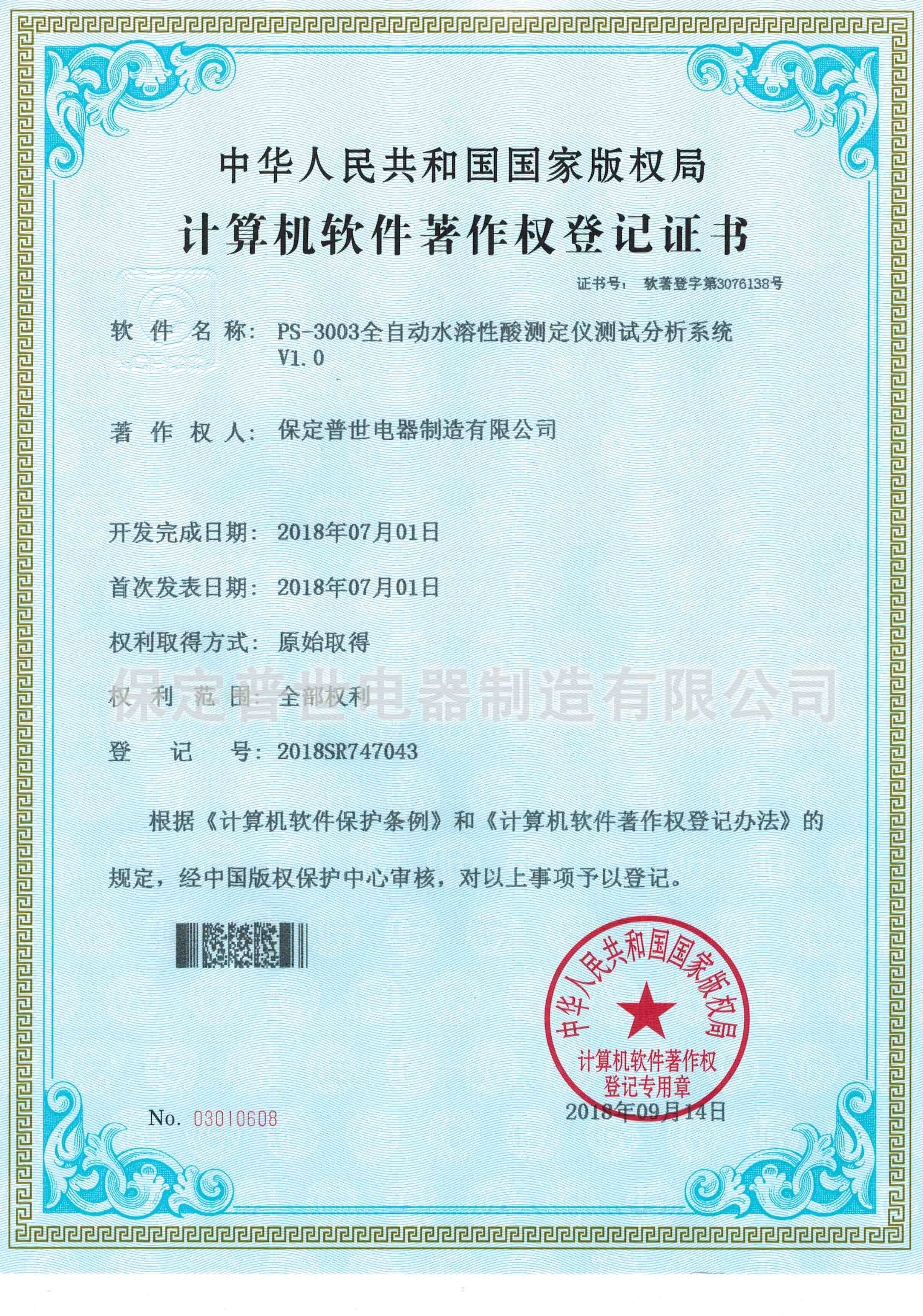 English
English


Essential Tools and Techniques for Accurate Titration in Laboratory Settings
Understanding Titration Equipment A Comprehensive Guide
Titration is a fundamental technique in analytical chemistry used to determine the concentration of an unknown solution by reacting it with a solution of known concentration. The precision and accuracy of titration rely heavily on the proper use of titration equipment. This article will explore the various types of equipment used in titration, their functions, and best practices for effective titration experiments.
1. Burette The Heart of Titration
The burette is a graduated glass tube with a tap at one end, and it is the most critical piece of equipment in titration. Typically, a burette is used to dispense the titrant— the solution of known concentration—into the analyte— the solution with unknown concentration. Burettes are calibrated to deliver accurate volumes, usually measured in milliliters. Digital burettes are also available, which provide electronic readouts for even greater precision.
When using a burette, it is essential to ensure that it is properly cleaned and calibrated. Any residue from previous experiments can contaminate the solution being titrated, leading to inaccurate results. Filling the burette should be done carefully to avoid air bubbles, which can affect volume measurements. The bottom of the meniscus should be aligned with the graduation mark for accurate reading.
2. Erlenmeyer Flask The Reaction Vessel
The Erlenmeyer flask is commonly used as the reaction vessel in titration experiments. Its conical shape allows for efficient mixing of the solutions. The narrow neck of the flask prevents spillage and allows for the addition of a titrant without excessive exposure to the atmosphere, which might introduce contaminants.
During titration, the analyte solution in the Erlenmeyer flask is often combined with an indicator, a substance that changes color at or near the equivalence point of the titration. The choice of indicator depends on the nature of the acid-base reaction and the pH range of the expected endpoint. Common indicators include phenolphthalein and methyl orange, each serving various types of acid-base titrations.
3. Pipette Measuring the Analyte
titration equipment

A pipette is essential for accurately measuring a specific volume of the analyte solution to be titrated. There are several types of pipettes, including volumetric and graduated pipettes. Volumetric pipettes are designed for a single, precise volume, while graduated pipettes can measure various volumes but are less accurate.
Proper pipetting technique is crucial for reducing error in titration. The pipette should be rinsed with the solution to be measured before filling it to ensure accuracy. When transferring liquid, it is important to release the liquid slowly and completely, allowing for a consistent and accurate measurement.
4. pH Meter For Acid-Base Titrations
In more advanced titration setups, a pH meter can be utilized to monitor the pH changes in the solution during the titration process. Unlike visual indicators that change color, a pH meter provides precise numerical values, allowing for a detailed analysis of the titration curve. This can be especially useful for titrations that involve weak acids or bases, where endpoints may not be as visibly pronounced.
5. Safety Equipment Essential Precautions
When conducting titration experiments, laboratory safety should always be a priority. Proper safety equipment, such as goggles, gloves, and lab coats, must be worn to protect against spills and splashes. It is equally important to work in a well-ventilated area, especially when working with corrosive or toxic chemicals.
Conclusion
In conclusion, titration is an invaluable technique in the field of analytical chemistry, and the accuracy of titration results depends significantly on the appropriate use and care of titration equipment. Burettes, pipettes, Erlenmeyer flasks, and pH meters each play a vital role in ensuring successful titrations. By understanding the function of each piece of equipment and adhering to best practices, chemists can obtain reliable and reproducible results, facilitating a deeper understanding of chemical concentrations and behaviors within solutions. Whether you are a student, a researcher, or a professional chemist, a solid grasp of titration equipment and techniques is essential for effective experimentation.
-
Differences between open cup flash point tester and closed cup flash point testerNewsOct.31,2024
-
The Reliable Load Tap ChangerNewsOct.23,2024
-
The Essential Guide to Hipot TestersNewsOct.23,2024
-
The Digital Insulation TesterNewsOct.23,2024
-
The Best Earth Loop Impedance Tester for SaleNewsOct.23,2024
-
Tan Delta Tester--The Essential Tool for Electrical Insulation TestingNewsOct.23,2024





